Regex For Uk Postcode
Introduction
Postcodes in the United Kingdom play a crucial role in everyday life. They are alphanumeric codes used to identify different geographical areas, making them essential for a wide range of applications, including mail delivery, navigation systems, and geographic analysis. To ensure the accuracy and reliability of data, it is essential to validate and correctly format UK postcodes. In this article, we will explore everything you need to know about UK postcode validation and the use of regular expressions (regex) to achieve this.
UK Postcode Format
The first step in validating a UK postcode is understanding its format. A UK postcode consists of two parts: the outward code and the inward code. These codes are separated by a space.
The outward code typically consists of one or two letters, indicating the area or town, followed by one or two digits, denoting a specific district within that area. For example, in the postcode “SW1A 1AA,” “SW” represents the South Western district of London, and “1A” pinpoints a specific locality.
The inward code follows the outward code and is composed of one digit followed by two letters. This provides further specificity to the location. For our example postcode, “1AA” represents a segment within the South Western district.
Validation Rules
To validate a UK postcode using regex, we need to define a set of rules that determine whether a postcode is valid or not. Here are the validation rules for a UK postcode:
1. Outward Code:
– The outward code must consist of one or two letters followed by one or two digits.
– The letters can be upper or lower case.
– The digits should be in the range of 0-9.
2. Space:
– There should be a single space after the outward code.
3. Inward Code:
– The inward code must consist of one digit followed by two letters.
– The letters can be upper or lower case.
Special Cases
There are some postcodes in the UK that do not follow the standard format. These special cases need to be considered when validating postcodes. Here are a few examples:
1. BFPO (British Forces Post Office) Codes:
– BFPO codes are used for military addresses.
– They start with “BFPO” followed by a space and a specific number.
2. British Overseas Territories:
– Some British Overseas Territories have unique postcode formats.
– Special regex patterns are required to validate them.
Regular Expression Patterns
Now that we understand the format and validation rules for UK postcodes, let’s dive into the regex patterns that can be used to validate them in different programming languages.
1. UK Postcode Regex in C#:
– To validate a UK postcode in C#, you can use the following regex pattern:
“`csharp
@”^[A-Za-z]{1,2}\d{1,2} \d[A-Za-z]{2}$”
“`
2. UK Postcode Regex in JavaScript:
– To validate a UK postcode in JavaScript, you can use the following regex pattern:
“`javascript
/^[A-Za-z]{1,2}\d{1,2} \d[A-Za-z]{2}$/
“`
Postcode Lookups
In addition to validation, postcodes are widely used for lookup purposes. With a valid postcode, you can obtain information about a specific location, such as the street name, administrative district, or latitude and longitude coordinates.
There are several services available that provide postcode lookup functionality, allowing you to retrieve detailed information about a given postcode. These services often involve API integrations, which provide up-to-date and accurate data.
Uses of UK Postcodes
UK postcodes have various applications beyond mail delivery. Here are some key uses of UK postcodes:
1. Delivery Services:
– Postcodes are crucial for accurate and efficient delivery of mail and packages.
2. Navigation Systems:
– Satnavs and mapping software rely on postcodes to provide accurate directions and route planning.
3. Geographic Analysis:
– Postcode data is invaluable for businesses and organizations analyzing customer demographics, market potential, and geographical patterns.
4. Emergency Services:
– Postcode information helps emergency services locate incidents quickly and accurately.
FAQs
1. How can I validate a UK postcode in my C# application?
– You can use the regex pattern mentioned earlier in your C# code. Perform a regex match against the postcode input, and if it returns a match, the postcode is valid.
2. Can I use the same regex pattern for validating a UK postcode in JavaScript?
– Yes, the regex pattern provided earlier can be used in JavaScript as well. Simply apply it as a regex test against the postcode input.
3. Is there a comprehensive list of UK postcodes available?
– Yes, the UK government maintains an official list of all current UK postcodes. It is regularly updated and can be accessed through various APIs or data providers.
4. Are there invalid UK postcodes?
– Yes, there are some postcodes that do not conform to the standard format or are no longer valid due to changes in the addressing system. A proper validation regex will help identify such cases.
Conclusion
Validating and correctly formatting UK postcodes is crucial for ensuring the accuracy and reliability of data in various applications. By understanding the format, validation rules, and leveraging regular expressions, you can validate UK postcodes in your applications with ease. Use the provided regex patterns in C# and JavaScript to validate postcodes and unlock the full potential of this valuable geographical identifier.
Learn Regular Expressions In 20 Minutes
Keywords searched by users: regex for uk postcode uk postcode regex c#, uk postcode regex javascript, Regex postcode, uk postcode validation, UK postcode, UK postcode list, UK postcode format, invalid uk postcodes
Categories: Top 74 Regex For Uk Postcode
See more here: nhanvietluanvan.com
Uk Postcode Regex C#
Introduction:
Postcodes play a vital role in efficient mail sorting and delivery across the United Kingdom. They are alphanumeric codes that are unique to each address, allowing mail service providers to accurately route letters and packages. As a developer, understanding how to validate and manipulate UK postcodes is crucial for creating effective address input and verification forms. In this article, we’ll explore how to use regular expressions (regex) in C# to validate and extract information from UK postcodes.
I. Validating UK Postcodes using Regex:
1. Basic UK Postcode Format:
The basic format of a UK postcode consists of two main parts: the outward code and the inward code, separated by a space. The outward code represents the postal town or district, while the inward code focuses on a more specific locality or postal sector. The regex pattern for a basic UK postcode can be defined as follows:
“`csharp
string regexPattern = @”^[A-Za-z]{1,2}\d[A-Za-z\d]?\s\d[A-Za-z]{2}$”;
“`
2. Breaking Down the Regex Pattern:
– `^[A-Za-z]{1,2}`: Matches one or two alphabetic characters at the start of the string.
– `\d[A-Za-z\d]?`: Matches a single digit followed by an optional alphanumeric character.
– `\s`: Matches a single whitespace character.
– `\d[A-Za-z]{2}$`: Matches a single digit followed by two alphabetic characters at the end of the string.
II. Advanced UK Postcode Validation:
1. Accommodating Variations:
Although the basic UK postcode format is typically followed, there are variations that can be encountered. For example, some special areas have unique postcode formats, like the Channel Islands or British Overseas Territories. Additionally, different patterns may arise for certain postcodes in Northern Ireland. To handle these variations, we can modify the regex pattern to account for edge cases:
“`csharp
string regexPattern = @”^(GIR\s?0AA)|(BFPO\s?\d{1,4})|((([A-Za-z]{1,2}\d{1,2})|(([A-Za-z]{1,2}\d{1,2}|\d[A-Za-z]{1,2}|\d[A-Za-z]{1}\d{1}|\d{1}[A-Za-z]{1}\d{1})\s\d{1}[A-Za-z]{2})))$”;
“`
2. Breaking Down the Enhanced Regex Pattern:
– `(GIR\s?0AA)`: Matches the special postcode “GIR 0AA” used for Girobank.
– `(BFPO\s?\d{1,4})`: Matches British Forces Post Office (BFPO) postcodes, allowing for an optional whitespace character.
– `(([A-Za-z]{1,2}\d{1,2})`: Matches the generic UK postcode format.
– `(([A-Za-z]{1,2}\d{1,2}|\d[A-Za-z]{1,2}|\d[A-Za-z]{1}\d{1}|\d{1}[A-Za-z]{1}\d{1})\s\d{1}[A-Za-z]{2})`: Matches variants of UK postcodes, accounting for hybrid alphanumeric arrangements.
III. Extracting Information from UK Postcodes:
1. Separating Outward and Inward Codes:
To extract the outward and inward codes from a UK postcode, we can modify our regex pattern to use capturing groups:
“`csharp
string regexPattern = @”^([A-Za-z]{1,2}\d[A-Za-z\d]?)\s(\d[A-Za-z]{2})$”;
“`
2. Using Capturing Groups:
– `([A-Za-z]{1,2}\d[A-Za-z\d]?)`: Matches the outward code and captures it in the first group.
– `(\d[A-Za-z]{2})`: Matches the inward code and captures it in the second group.
IV. FAQs:
Q1. Can I use this regex pattern for postcode validation in other programming languages?
Yes, the regex pattern we’ve shown here is tailored for C#, but the basic syntax of regex is widely supported across different programming languages. You can adapt the pattern with slight modifications to work with other languages such as JavaScript, Python, or Java.
Q2. Is this regex pattern foolproof in validating UK postcodes?
While the provided regex pattern covers a broad range of standard and variant UK postcodes, it is not foolproof. Postcodes can change and new formats may emerge, especially for special areas or unique scenarios. It’s important to maintain regular updates to the regex pattern to ensure accurate validation.
Q3. Can I use this regex pattern to validate postcodes from other countries?
No, this regex pattern is specifically designed for UK postcodes. Postcode formats and validation rules vary significantly across countries. It’s recommended to search for country-specific regex patterns or consider using a geolocation API or a validation library that supports multiple countries.
Q4. Is regex the only way to validate UK postcodes in C#?
Regex is a powerful tool for validating postcodes, but it’s not the only option. Depending on your requirements, you can also consider using postcode validation APIs or leveraging inbuilt methods provided by third-party libraries. These alternatives may offer additional features like automatic address completion and geocoding.
Conclusion:
Validating and manipulating UK postcodes is an essential skill for developers building address forms or creating geolocation-based applications. With the help of regular expressions in C#, you can ensure the accuracy and reliability of UK postcode inputs. By understanding the basic and advanced workings of regex patterns, you can create robust and flexible postcode validation methods. Remember to regularly update your regex pattern to accommodate any changes or variations in UK postcode formats and always consider alternative validation approaches when necessary.
Uk Postcode Regex Javascript
Postcodes play a crucial role in identifying locations in the United Kingdom, and working with them accurately is essential for developers and businesses alike. In the world of JavaScript programming, regular expressions (regex) are a powerful tool for validating and manipulating textual data. In this article, we will delve into the intricacies of using regex for UK postcodes in JavaScript, providing developers with invaluable insights and practical examples.
I. Understanding UK Postcodes
————————–
Before diving into the technical aspects, let’s briefly understand the structure and rules governing UK postcodes. A UK postcode consists of between 5 and 7 alphanumeric characters, divided into two parts: the outward code and the inward code. The outward code represents the area of the postcode, while the inward code defines a smaller geographic unit or building. For instance, in the postcode “SW1A 1AA,” “SW1A” is the outward code and “1AA” is the inward code.
II. Validating UK Postcodes using JavaScript Regex
————————————————
Validating UK postcodes with regex can help maintain data quality and ensure accurate address capture. Here’s an example function that uses regex to validate UK postcodes in JavaScript:
“`javascript
function validatePostcode(postcode) {
const regex = /^(GIR 0AA|[A-PR-UWYZ]([0-9]{1,2}|([A-HK-Y][0-9]|[A-HK-Y][0-9]([0-9][ABEHMNPRV-Y])?)|[0-9][A-HJKS-UW])\s?[0-9][ABD-HJLNP-UW-Z]{2})$/i;
return regex.test(postcode);
}
“`
In the above code snippet, we define a regular expression (`regex`) that matches UK postcodes. It checks if the input string adheres to the defined pattern using the `test()` method, returning a boolean value.
III. Exploring the UK Postcode Regex Pattern
—————————————–
To better understand the regex pattern, let’s break it down:
1. `^(GIR 0AA|…)` – The regex starts with an anchor symbol `^` to match the start of the string. The first option, `GIR 0AA`, represents the postcode for the Girobank building in Bootle.
2. `[A-PR-UWYZ]` – Matches any uppercase letter from A to PR to UWYZ.
3. `[0-9]{1,2}|…` – Matches one or two digits.
4. `([A-HK-Y][0-9]|[A-HK-Y][0-9]([0-9][ABEHMNPRV-Y])?)` – Matches a combination of letters and digits. It accounts for various postcode areas while ensuring specific rules, such as certain letters not appearing after others.
5. `[0-9][A-HJKS-UW]` – Matches a digit followed by a letter, excluding Q, V, or X.
6. `\s?` – Allows for an optional space between the outward and inward codes.
7. `[0-9][ABD-HJLNP-UW-Z]{2}` – Matches a digit followed by two uppercase letters, excluding C, I, K, M, O, or W.
8. `$` – The regex ends with an anchor symbol `$` to match the end of the string.
IV. Common FAQs about UK Postcode Regex in JavaScript
—————————————————-
1. Q: Why is validating postcodes important?
A: Validating postcodes helps ensure accurate location data, reduces address entry errors, and enhances user experience.
2. Q: Can I use this regex pattern for form validation?
A: Yes, you can integrate the `validatePostcode()` function mentioned earlier into your JavaScript form validation logic.
3. Q: Are there any limitations to this regex pattern?
A: This regex pattern does not cover special cases, such as overseas territories. You may need to extend or customize it based on your specific requirements.
4. Q: Is regex the only way to validate UK postcodes in JavaScript?
A: While regex is a powerful tool, there are other approaches, such as using third-party postcode validation APIs or manually checking postcode databases.
5. Q: Can I use this regex pattern in other programming languages?
A: Yes, you can adapt the regex pattern to other programming languages that support regular expressions, with slight modifications if necessary.
V. Conclusion
————-
In this comprehensive guide, we explored using JavaScript regex to validate UK postcodes effectively. Understanding the structure and rules governing UK postcodes is essential for accurate validation. By leveraging the provided regex pattern and examples, developers can ensure the integrity of UK postcode data, resulting in better user experiences and streamlined business operations.
Remember to continually test and adapt your code to suit specific needs, staying up-to-date with any changes in UK postcode regulations or guidelines. Happy coding!
References:
– Royal Mail – Postcode Address File (PAF) Specification
– UK Government – Guidance: Royal Mail PAF Transition
– Wikipedia – Postcodes in the United Kingdom
Regex Postcode
When it comes to handling postal codes, regex allows developers to create a set of rules or patterns that postal codes must adhere to in order to be considered valid. These patterns can vary depending on the country or region for which the postal codes are being validated. In many cases, regex can be used to validate multiple postal code formats simultaneously.
Regex patterns are powerful tools that enable developers to enforce specific rules while accepting various valid formats. For instance, if we consider the UK postcode area, it can be patterned as “AA1 1AA” or “A1 1AA”. Here, “A” represents a letter and “1” represents a digit. Using regex, we can create a pattern like “[A-Z]{1,2}[0-9R][0-9A-Z]?\s?[0-9][A-Z]{2}”, which can validate both formats effectively.
The importance of regex postcode validation cannot be overstated. By implementing such validation, developers can ensure that any data entered by users conforms to the expected postal code format. This not only improves the user experience, but it also helps prevent errors or inconsistencies in data storage and processing. Accurate postal code data is crucial for various purposes, including geolocation, targeted marketing, and logistics.
Now, let’s address some frequently asked questions about regex postcode validation:
Q: Can regex be used to validate postcodes from any country?
A: Yes, regex can be used to validate postcodes from any country. However, the specific patterns and rules for each country’s postcodes may differ. Developers need to determine the correct regex pattern for the desired country or region.
Q: Are there any regex libraries or tools available to simplify postcode validation?
A: Yes, there are several regex libraries and tools available in different programming languages that make postcode validation easier. Some popular ones include the regex module in Python, the java.util.regex package in Java, and the PCRE (Perl Compatible Regular Expressions) library in PHP.
Q: Is it necessary to validate postcodes on the client-side and server-side?
A: Yes, it is recommended to validate postcodes on both the client-side (using JavaScript or other client-side technologies) and the server-side. Client-side validation provides immediate feedback to users, preventing them from submitting invalid data. However, server-side validation adds an extra layer of security by re-validating the data on the server to prevent any tampering or bypassing of client-side validation.
Q: Can regex handle postcode formats that may change over time?
A: Yes, regex patterns can be adjusted to handle postcode formats that change over time. Since postal code formats may evolve, regex patterns can be updated accordingly to accommodate any changes. Regular expression patterns are flexible and can be easily modified without impacting the overall code structure.
In conclusion, regex postcode validation is a crucial aspect of web development when dealing with postal codes. By implementing regex patterns, developers can ensure that users enter valid postcodes, improving data accuracy and preventing errors. There are various regex libraries and tools available to simplify the validation process, and it is advisable to validate postcodes on both the client-side and server-side. Remember, regex patterns can be adjusted as postal code formats change over time. With proper implementation and maintenance, regex postcode validation contributes to a robust and accurate data handling system.
Images related to the topic regex for uk postcode

Found 6 images related to regex for uk postcode theme

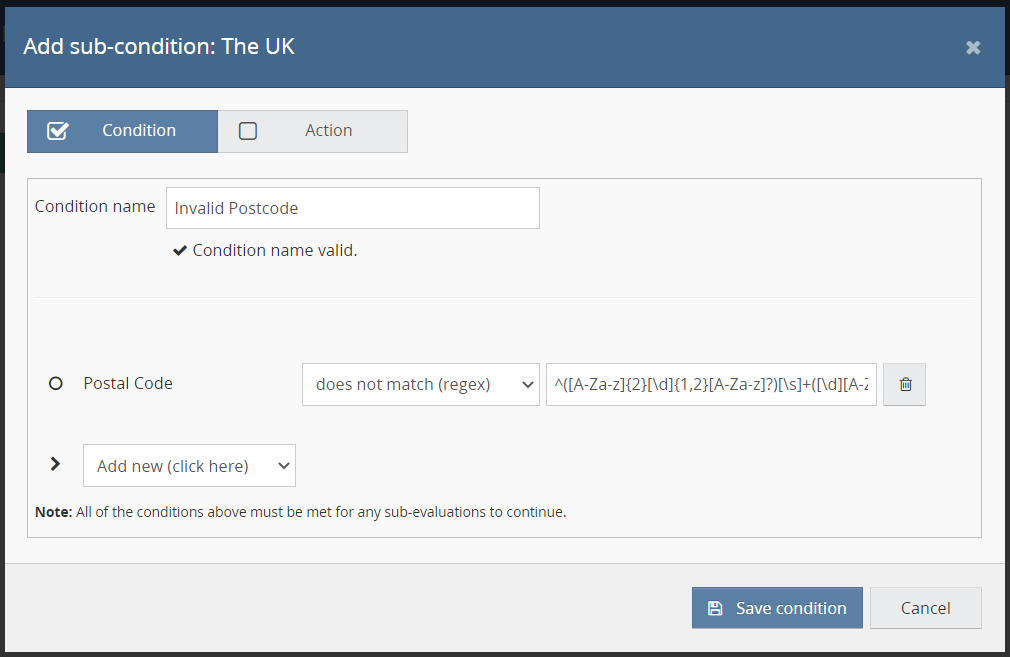





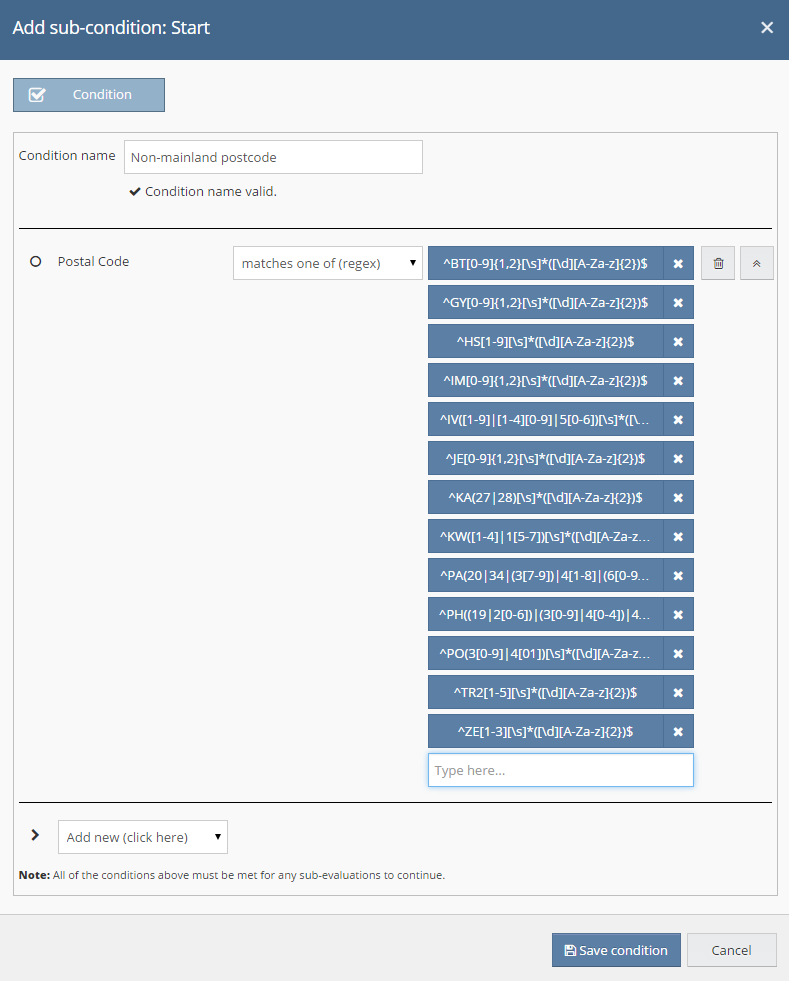

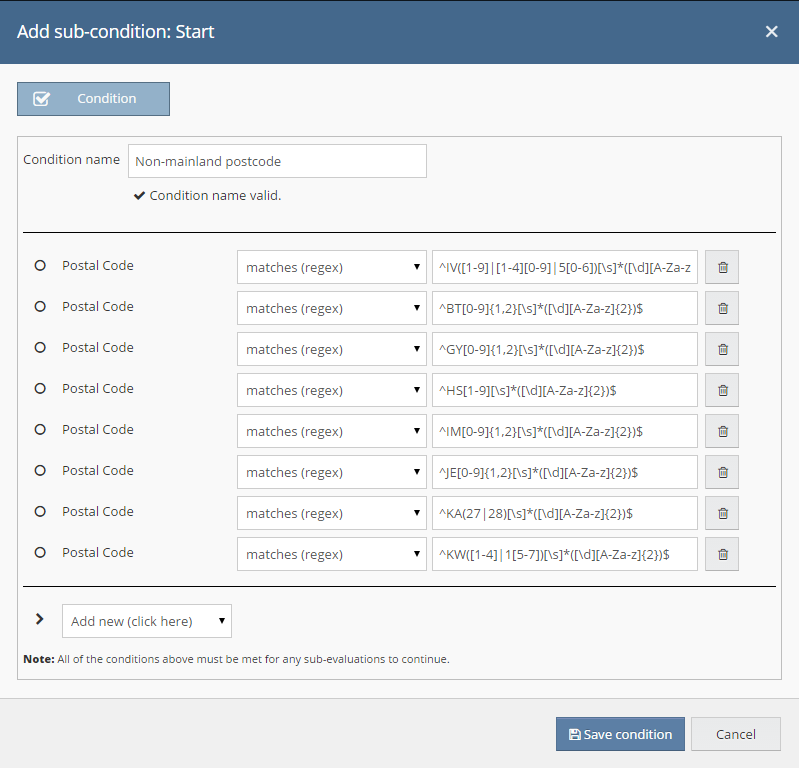















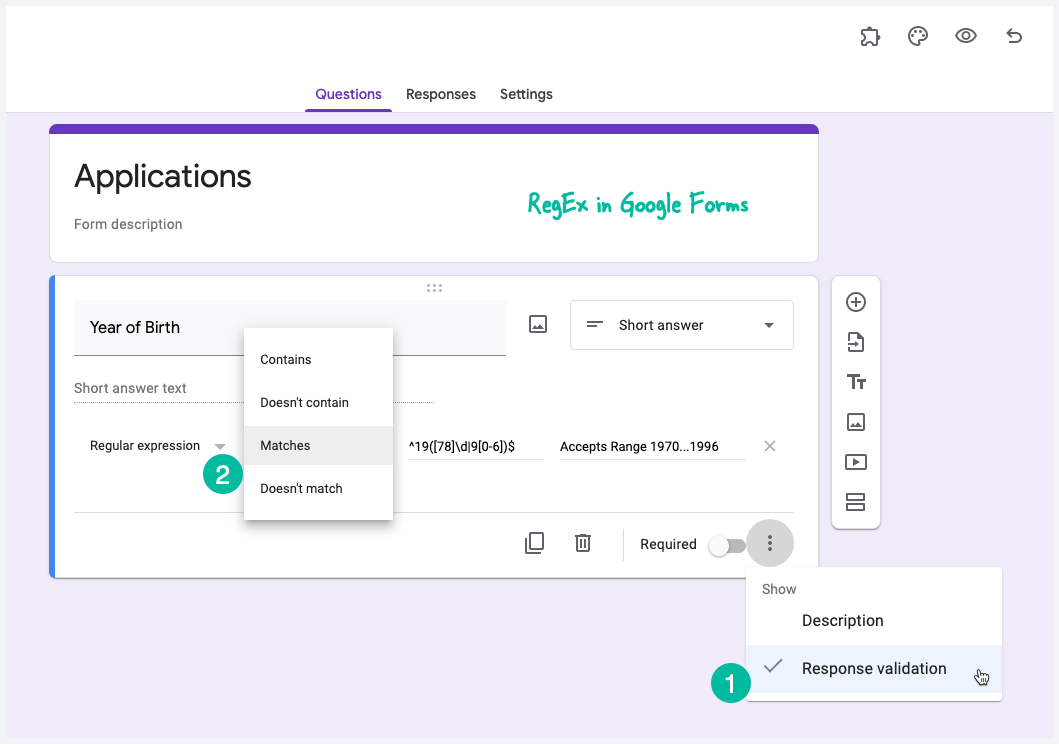




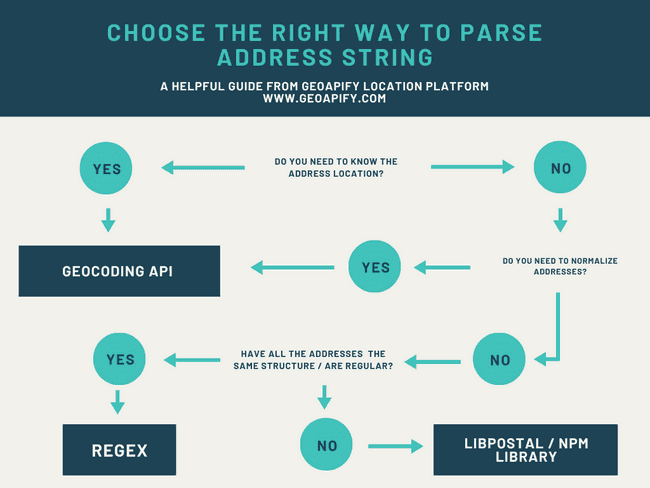
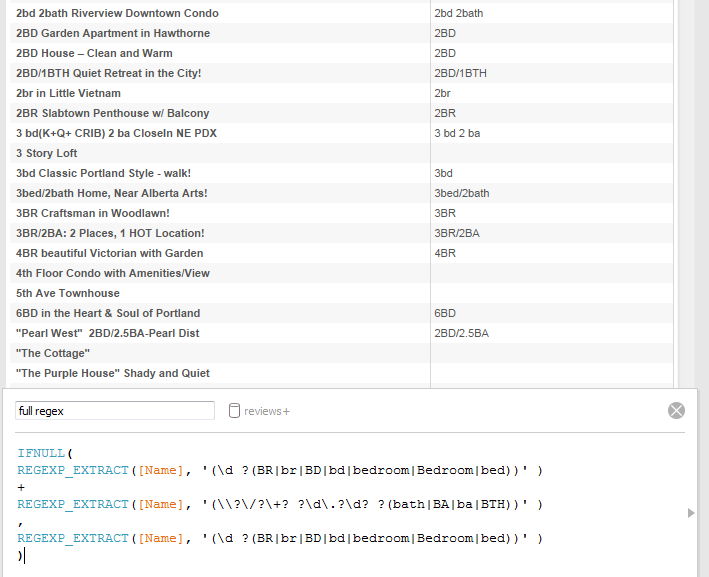




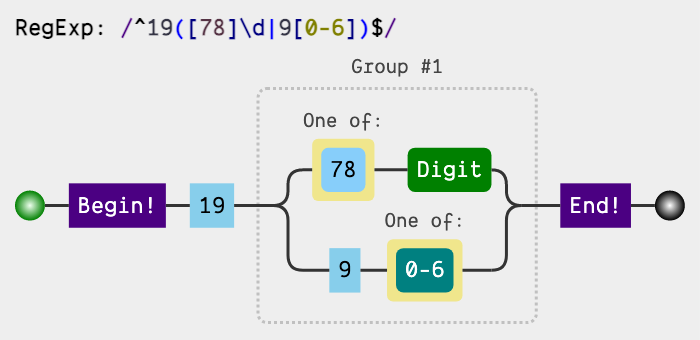

Article link: regex for uk postcode.
Learn more about the topic regex for uk postcode.
- RegEx for matching UK Postcodes – Stack Overflow
- 4.16. Validate U.K. Postcodes – Regular Expressions … – O’Reilly
- Postcode Validation
- Search Results: 22 regular expressions found. – RegExLib
- UK Postcode Validation Regex – Andy Burns’ Blog
- Correctly formatting postcodes – ReStore
- UK Post Codes: How To Identify & Why They Differ From Zip Codes + …
- 4.14. Validate ZIP Codes – Regular Expressions Cookbook, 2nd Edition …
- How to address mail to UK | UK address format | ParcelMonkey
- An example of using a simplified UK postcode regex in …
- UK Postcode Validation – Regex101
- Rule Engine Example – Using Regex to Validate UK Postcodes
- Regular Expressions Tutorial => Match UK postcode
- Java Regex – UK Postcode Validation – HowToDoInJava
See more: https://nhanvietluanvan.com/luat-hoc